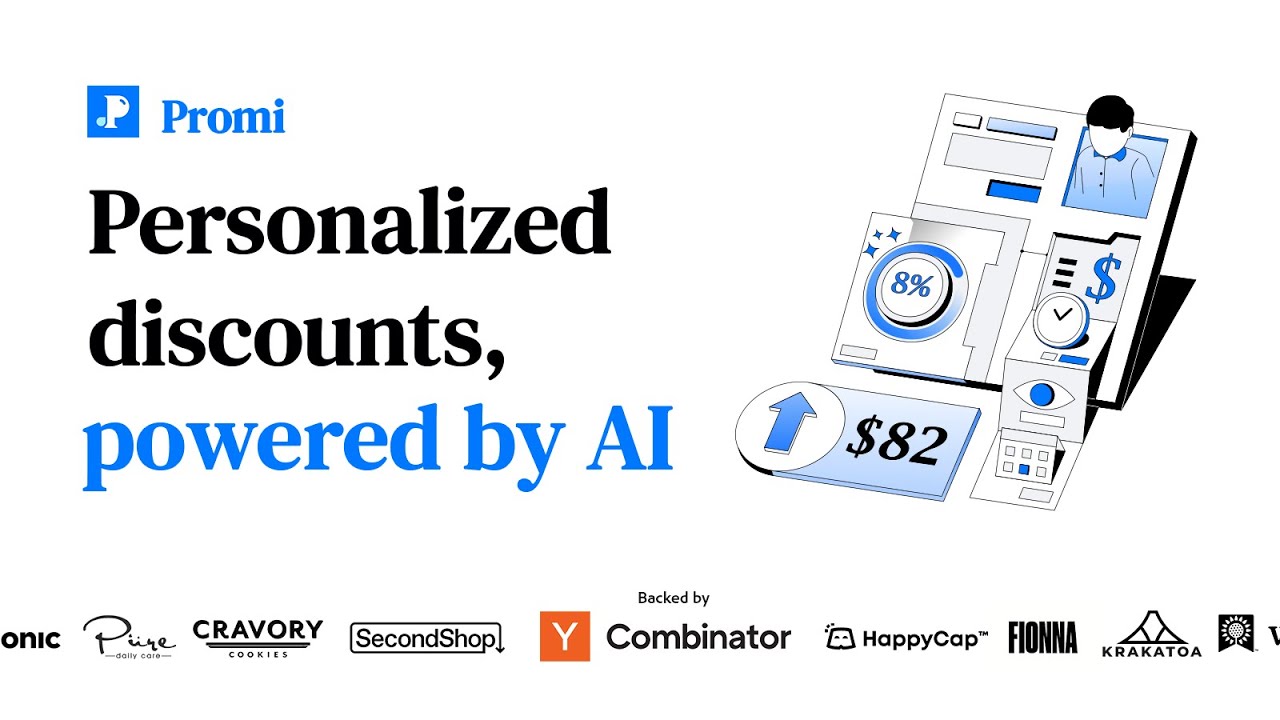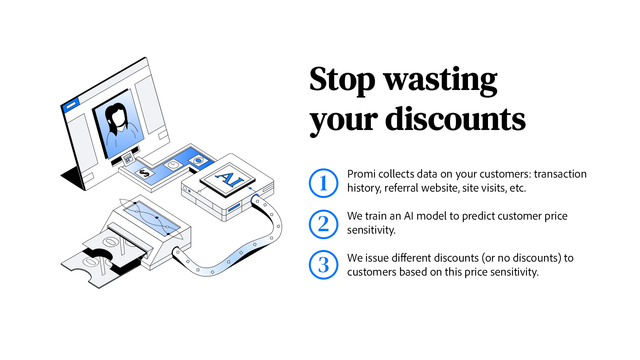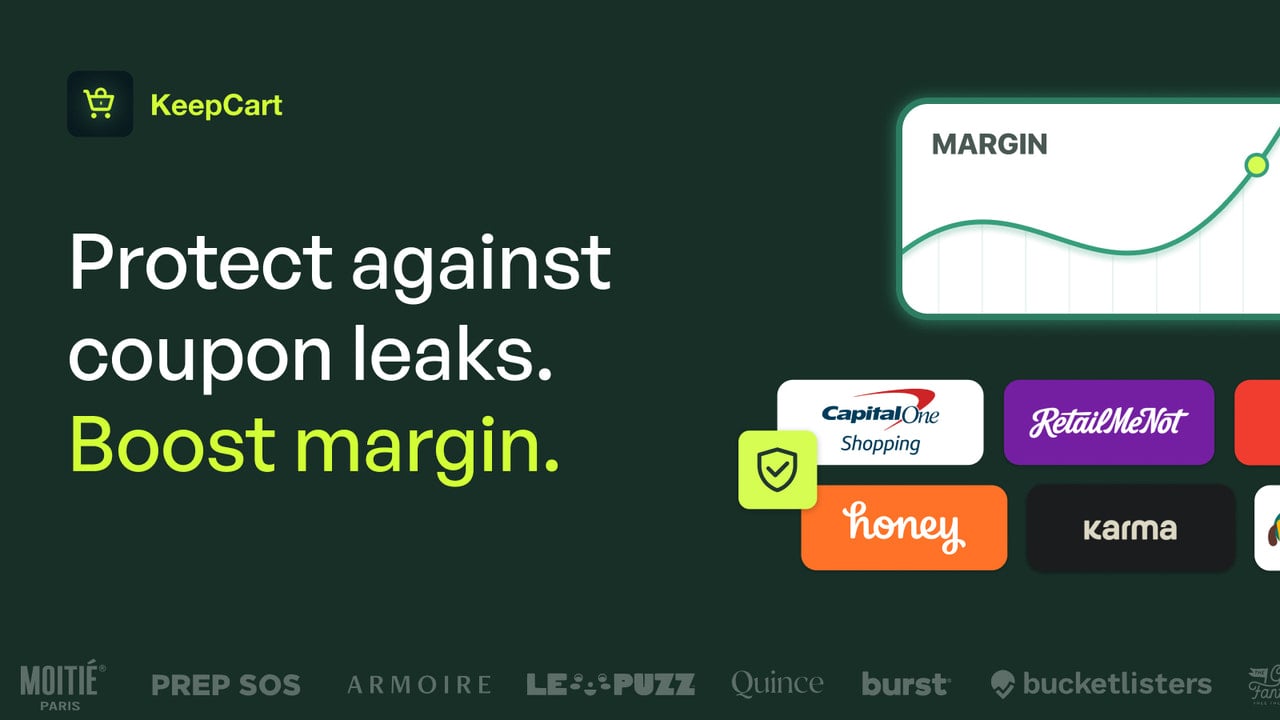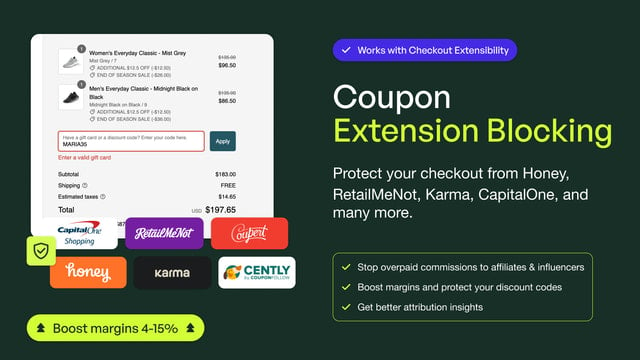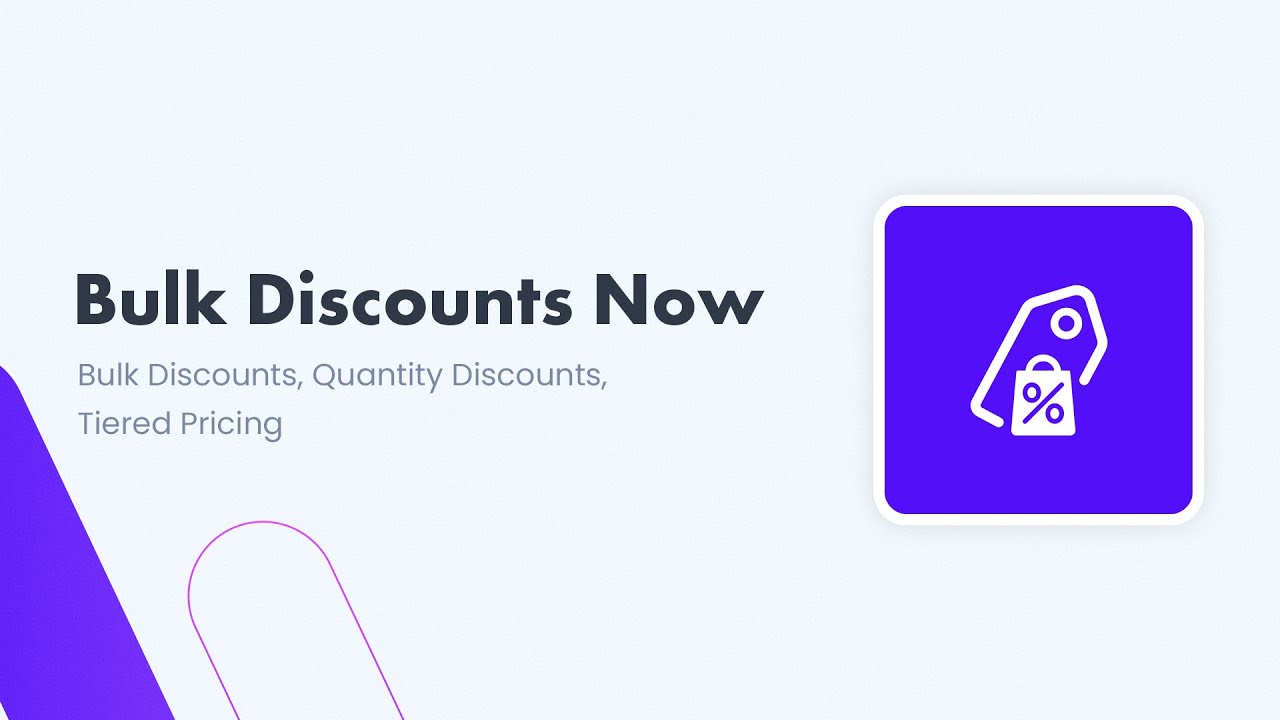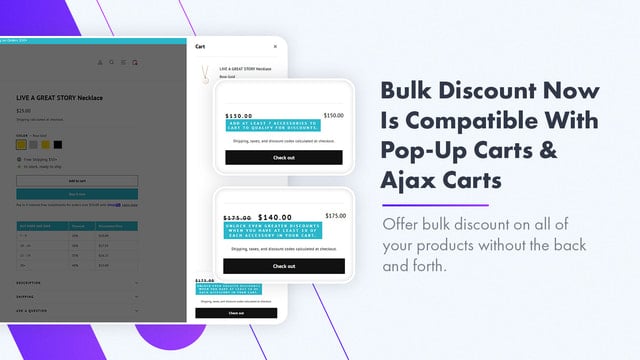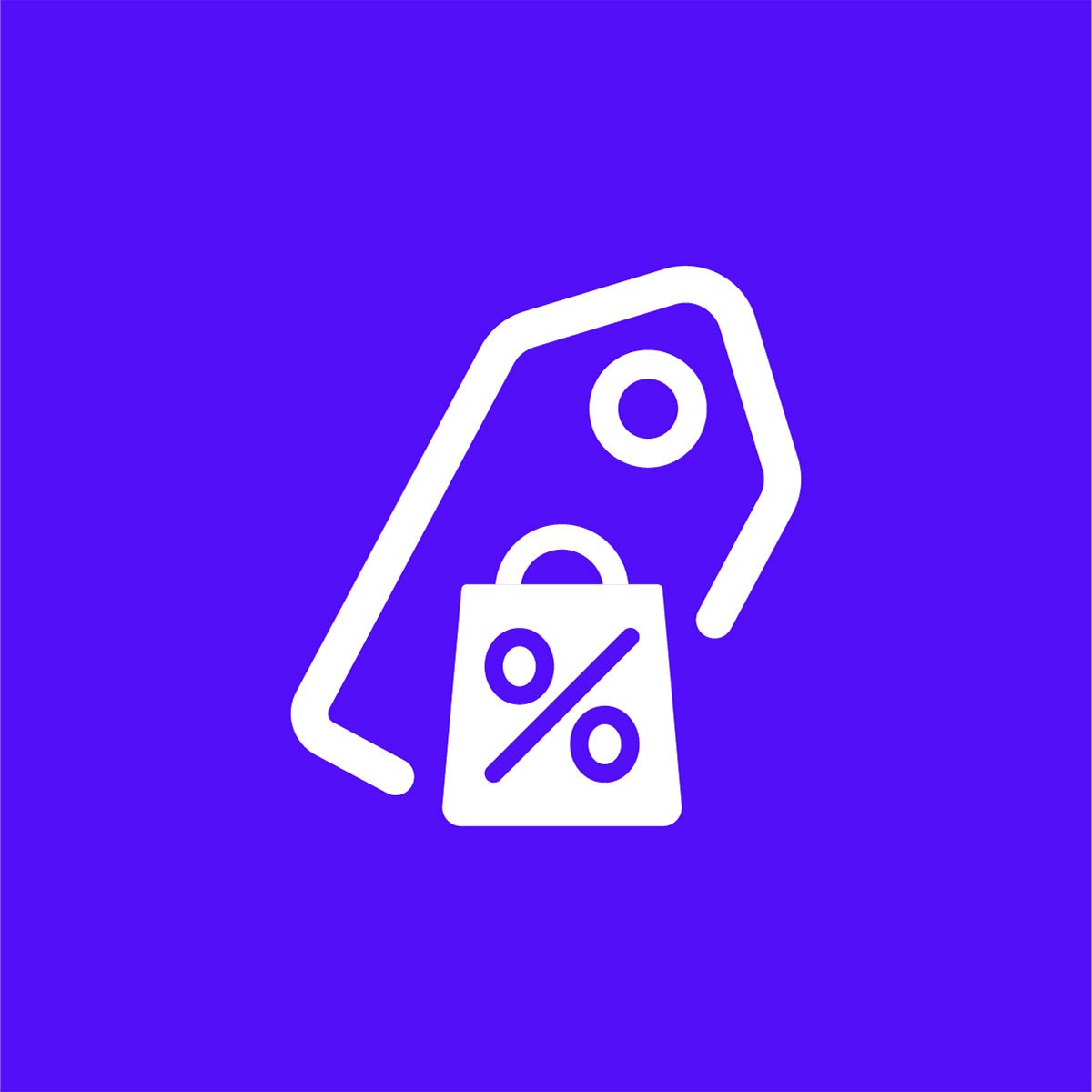In the competitive world of ecommerce, having a well-optimized landing page can make all the difference in attracting and converting visitors into customers. In this ultimate guide, we will delve into the intricacies of landing page optimization and provide you with valuable insights and strategies to maximize your ecommerce success.
Understanding Landing Page Optimization
Before we dive into the specifics of landing page optimization, it is crucial to understand its importance in the overall success of your ecommerce business. A landing page is the first page that a user sees after clicking on an advertisement or a search engine result. It plays a vital role in capturing the user's attention and convincing them to take the desired action, whether it be making a purchase, signing up for a newsletter, or filling out a form.
By optimizing your landing page, you can enhance its effectiveness in driving conversions and achieving your business goals.
The Importance of Landing Page Optimization
Effective landing page optimization can result in higher conversion rates, increased revenue, and an improved return on investment (ROI) for your ecommerce business. By making strategic changes and improvements to your landing pages, you can enhance the user experience, build trust, and encourage visitors to take the desired action.
Furthermore, landing page optimization allows you to test different elements and strategies, helping you understand what works best for your target audience. With data-driven insights, you can make informed decisions and continually refine your landing pages to achieve optimal results.
Key Elements of an Optimized Landing Page
When it comes to landing page optimization, certain key elements must be taken into consideration. These elements will help ensure that your landing page is well-designed, persuasive, and user-friendly.
- Clear and compelling headline: Your headline should grab the attention of your visitors and clearly communicate the value proposition of your product or service.
- Engaging visuals: Including high-quality images or videos can help captivate your audience and convey the benefits of your offering.
- Concise and persuasive copy: Your landing page copy should be concise, compelling, and tailored to the needs and desires of your target audience. It should clearly highlight the unique selling points of your product or service.
- Strong call-to-action (CTA): Your CTA should be prominently displayed and urge visitors to take the desired action. Use action-oriented language and consider testing different variations to optimize its effectiveness.
- Credibility indicators: Including social proof, such as customer testimonials, reviews, or trust badges, can help build trust with your visitors and alleviate any concerns they may have.
- Intuitive navigation: Ensure that your landing page is easy to navigate and that visitors can quickly find the information they are looking for. Keep the design clean and clutter-free.
By incorporating these key elements, you can create a landing page that is optimized for conversions and user satisfaction.
The Role of SEO in Landing Page Optimization
While landing page optimization focuses on improving the user experience and conversion rates, SEO plays a crucial role in driving organic traffic to your landing pages. By implementing SEO best practices, you can increase the visibility of your landing pages in search engine results and attract a highly targeted audience.
SEO Best Practices for Ecommerce
When optimizing your landing pages for search engines, it is important to consider the following best practices:
- Keyword research: Conduct thorough keyword research to identify the most relevant and high-performing keywords for your landing pages. Incorporate these keywords naturally into your content, including headings, subheadings, and meta tags.
- Optimized meta tags: Craft compelling and keyword-rich meta titles and descriptions for your landing pages. These tags provide search engine users with a preview of your page and can influence click-through rates.
- Fast-loading pages: Ensure that your landing pages load quickly, as slow loading times can negatively impact both user experience and search engine rankings.
- Mobile optimization: As mobile usage continues to rise, it is essential to optimize your landing pages for mobile devices. Responsive design, fast-loading times, and easy navigation are key factors to consider.
- High-quality content: Produce high-quality, informative, and valuable content that satisfies user intent. The more relevant and useful your content, the more likely it is to rank well in search engine results.
By implementing these SEO best practices, you can increase the visibility and organic traffic to your landing pages, ultimately driving more conversions and revenue for your ecommerce business.
Avoiding Common SEO Mistakes
While optimizing your landing pages for search engines, it's important to avoid common SEO mistakes that can hinder your efforts. Some common pitfalls to be aware of include:
- Keyword stuffing: Overusing keywords in an attempt to manipulate search engine rankings can do more harm than good. Focus on creating valuable content that addresses user needs and naturally incorporates relevant keywords.
- Poor user experience: Search engines prioritize websites that provide a positive user experience. Ensure that your landing pages are user-friendly, easy to navigate, and provide valuable content.
- Missing or duplicate meta tags: Each landing page should have unique and optimized meta titles and descriptions. Missing or duplicate tags can lead to confusion and negatively impact your search engine rankings.
- Ignoring analytics: Regularly monitor and analyze your landing page performance using tools like Google Analytics. By understanding user behavior and conversion rates, you can identify areas for improvement and make data-driven optimizations.
By avoiding these common SEO mistakes, you can ensure that your landing pages are well-optimized for both users and search engines, maximizing their effectiveness in driving organic traffic and conversions.
Conversion Rate Optimization for Landing Pages
In addition to driving organic traffic to your landing pages, it is crucial to focus on optimizing your conversion rates. Conversion rate optimization (CRO) involves implementing strategies to increase the percentage of visitors who take the desired action on your landing page.
Strategies for Increasing Conversion Rates
When it comes to CRO, there are various strategies you can employ to enhance your landing page's conversion rates:
- A/B testing: Test different variations of your landing page, such as headlines, CTA buttons, or color schemes, to identify what resonates best with your audience. Collect data and make data-driven decisions to continuously improve your conversion rates.
- Social proof: Incorporate testimonials, case studies, or reviews on your landing page to build trust and credibility with your visitors. Seeing positive feedback from satisfied customers can encourage others to take the desired action.
- Streamlined forms: If your landing page includes a form, keep it as short and simple as possible. Only ask for the essential information you need and consider offering incentives, such as a discount or free trial, in exchange for completing the form.
- Clear value proposition: Clearly communicate the unique value and benefits of your offering. Show your visitors why choosing your product or service will provide them with solutions to their problems or fulfill their desires.
- Compelling visuals: Use high-quality images or videos that are relevant to your offering. Visuals can capture your audience's attention and convey essential information quickly and effectively.
By implementing these strategies, you can optimize your landing pages for maximum conversions and achieve your desired business goals.
Tools for Tracking Conversion Rates
To effectively track and analyze your landing page's conversion rates, it is essential to utilize the right tools. Here are some popular options:
- Google Analytics: This free tool by Google provides in-depth insights into your website's performance, including conversion tracking, user behavior analysis, and more.
- Hotjar: Hotjar offers heatmaps, session recordings, and user feedback tools to help you understand how users interact with your landing page and identify areas for improvement.
- Optimizely: Optimizely is an A/B testing tool that allows you to test different variations of your landing page and determine which version leads to higher conversion rates.
- Unbounce: Unbounce is a landing page platform that provides built-in analytics to track conversion rates, as well as A/B testing capabilities to optimize your landing page's performance.
These tools can provide valuable insights and help you make informed decisions to continually improve the conversion rates of your landing pages.
Designing an Effective Ecommerce Landing Page
When it comes to landing page optimization for ecommerce, design plays a crucial role in capturing and retaining the attention of your visitors. An effective landing page design should be visually appealing, user-friendly, and optimized for conversions.
Principles of Good Design
When designing your ecommerce landing page, consider the following principles of good design:
- Consistency: Maintain a consistent design throughout your landing page, including color schemes, fonts, and imagery. Consistency creates a cohesive and professional appearance.
- Whitespace: Use whitespace strategically to create visual breathing space and draw attention to your key elements. Well-executed whitespace can enhance readability and make important information stand out.
- Hierarchy: Use visual hierarchy to guide your visitors' attention and prioritize the most important information. This can be achieved through the use of font sizes, colors, and placement of elements.
- Responsive design: Ensure that your landing page is responsive and adapts seamlessly to different devices and screen sizes. Mobile optimization is particularly important in today's mobile-centric world.
- Visual cues: Utilize visual cues, such as arrows or directional lines, to guide your visitors' attention towards your call-to-action or other essential elements on your landing page.
By applying these principles and creating a visually appealing and user-friendly design, you can enhance the overall user experience and drive conversions on your ecommerce landing page.
Mobile Optimization for Ecommerce Landing Pages
In today's mobile-driven landscape, optimizing your ecommerce landing pages for mobile devices is vital. Mobile optimization ensures that your landing pages are accessible, visually appealing, and user-friendly on smartphones and tablets.
Consider the following mobile optimization tips:
- Responsive design: Implement a responsive design that automatically adjusts your landing page's layout and content to fit different screen sizes. This ensures optimal user experience across devices.
- Fast-loading pages: Mobile users expect fast loading times. Optimize your landing page's loading speed by compressing images, minimizing code, and leveraging caching techniques.
- Thumb-friendly navigation: Make sure your landing page's navigation elements, such as menus and buttons, are easily clickable with a thumb. This enhances user experience and reduces frustration.
- Simplified forms: On mobile devices, keep your forms short and straightforward. Minimize text inputs and use auto-fill options whenever possible to streamline the process.
- Click-to-call buttons: If your ecommerce business relies on phone calls, consider including click-to-call buttons on your landing page. This simplifies the process for mobile users and encourages immediate contact.
By prioritizing mobile optimization, you can capture the attention and conversions of mobile users, who make up a significant portion of today's online audience.
Writing Compelling Copy for Your Landing Page
While design and optimization are essential, the words you choose on your landing page play a crucial role in persuading and converting your visitors. Compelling copywriting can make a difference in capturing attention, building desire, and driving action.
The Art of Persuasive Writing
When crafting your landing page copy, keep the following tips in mind:
- Know your audience: Understand the needs, desires, and pain points of your target audience. Tailor your copy to resonate with their motivations and address their specific concerns or desires.
- Highlight benefits, not just features: Instead of solely focusing on the features of your product or service, emphasize the benefits and solutions it provides. Show your audience how your offering can improve their lives or solve their problems.
- Use compelling headlines: Your headline should immediately capture attention and convey the unique value of your offering. Make it enticing, clear, and relevant to your audience.
- Create persuasive calls-to-action: Craft strong and actionable CTAs that explicitly tell your visitors what you want them to do. Use action verbs and create a sense of urgency or exclusivity to encourage immediate action.
- Use storytelling: Incorporate storytelling techniques to engage your audience emotionally. Paint a vivid picture of how your product or service can positively impact their lives or solve their problems.
- Convey credibility: Incorporate testimonials, reviews, or case studies to establish trust and credibility with your audience. Seeing social proof can increase confidence and alleviate any doubts they may have.
By employing these persuasive writing techniques, you can create compelling copy that captivates your audience and drives them to take the desired action.
Tips for Writing Product Descriptions
Writing effective product descriptions is essential for ecommerce landing pages. Consider the following tips when crafting your product descriptions:
- Focus on benefits: Highlight the benefits and unique selling points of your products. Clearly communicate how they can solve your customers' problems or enhance their lives.
- Use descriptive language: Paint a vivid picture of your product in your customers' minds by using descriptive and engaging language. Instead of simply listing features, show how those features translate into real value.
- Keep it concise: While it's important to provide sufficient information, avoid overwhelming your readers with lengthy product descriptions. Keep them concise and scannable, using bullet points or short paragraphs.
- Include social proof: Whenever possible, incorporate customer testimonials or reviews specific to each product. Seeing positive feedback from satisfied customers can increase trust and encourage conversions.
- Optimize for keywords: Research relevant keywords and incorporate them naturally into your product descriptions. This will not only improve your search engine rankings but also help visitors find the products they are looking for.
By following these tips, you can create product descriptions that effectively communicate the value of your offerings and entice visitors to make a purchase.
With the knowledge and strategies provided in this ultimate guide to landing page optimization for ecommerce, you are equipped to create high-converting landing pages that drive success for your online business. Remember to continually test, analyze, and refine your approach based on data-driven insights, and stay up to date with the latest trends and best practices in the dynamic world of ecommerce.
Ready to elevate your Shopify store with the perfect apps? Let Owlfred, your wise companion from OwlMix, guide you through our extensive directory. With a curated selection of apps organized for your convenience, finding the right tools to optimize your ecommerce landing pages has never been easier. Find your next Shopify app today and watch your online business thrive with the help of OwlMix's tailored browsing experience. It's time to transform your ecommerce strategy and soar to success with Owlfred by your side!



